Collapse of Chavin culture was followed by a period of violence
By:
Mark Milligan
Date:April 2, 2024
Anthropology
Collapse of Chavin culture was followed by a period of violence
A skeletal analysis has revealed that a period of violence followed the collapse of the Chavín culture in Peru.
The Chavín culture was a pre-Columbian people that emerged in the Andean highlands of Peru around 900 BC. The Chavín were the main culture of the Early Horizon period and had an advanced understanding of metallurgy, ceramic production, irrigation, and an intensified religious cult.
Its center was Chavín de Huantar, a monumental ceremonial site in northern Peru in the Marañon River basin.
Just before the collapse of the culture around 500 and 400 BC, the Chavín people went through a turbulent period caused by political disintegration and inter-group violence, possibly caused by a transition from a theocracy to secular government. After the collapse, it is likely that surviving communities competed for the scant resources in the Supe Valley region.
A new study, published in the journal Latin American Antiquity, has analysed the skeletal remains of 67 individuals from a burial site in the Supe Valley region near Caral. The burials date from between 500-400 BC and show injury patterns characteristic of repeated events of interpersonal violence in 80% of the individuals.
More:
https://www.heritagedaily.com/2024/04/collapse-of-chavin-culture-was-followed-by-a-period-of-violence/151299
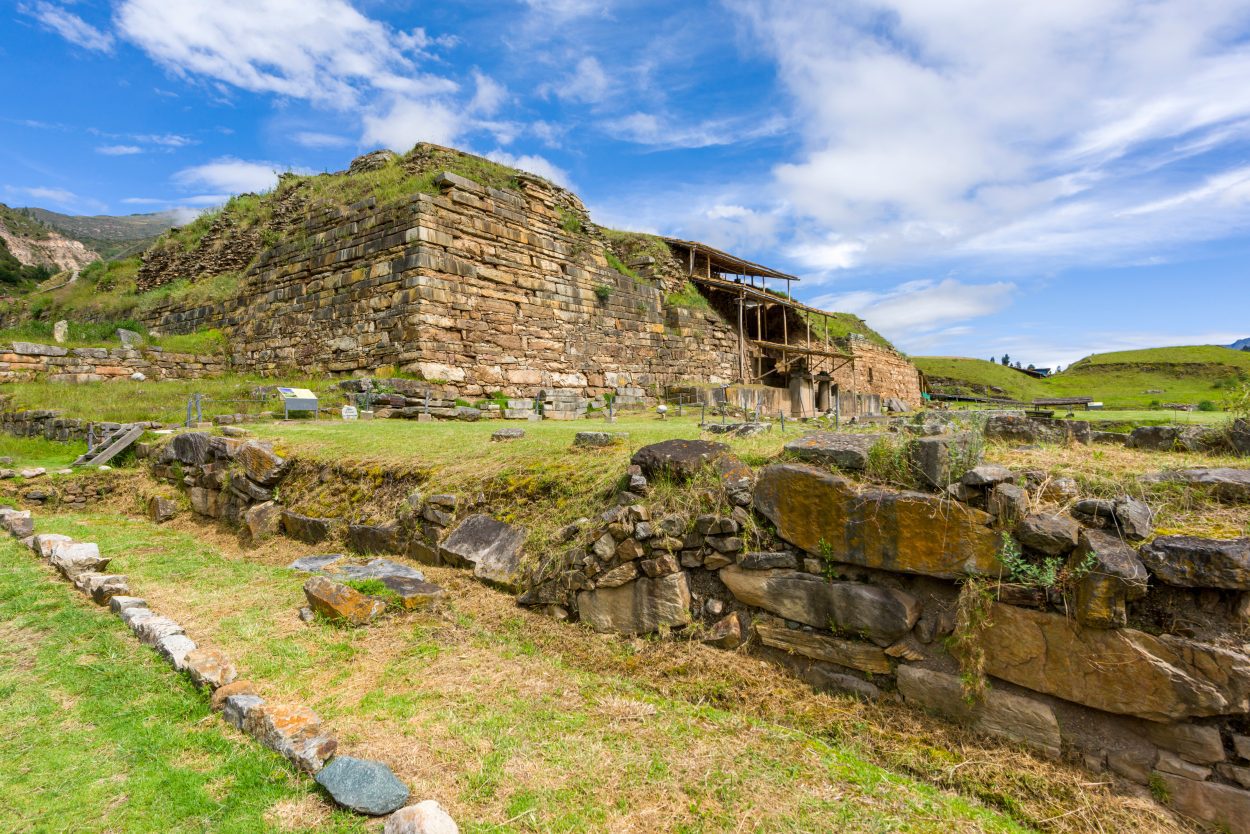

Underground Tunnels within the Main Temple of Chavin De Huantar

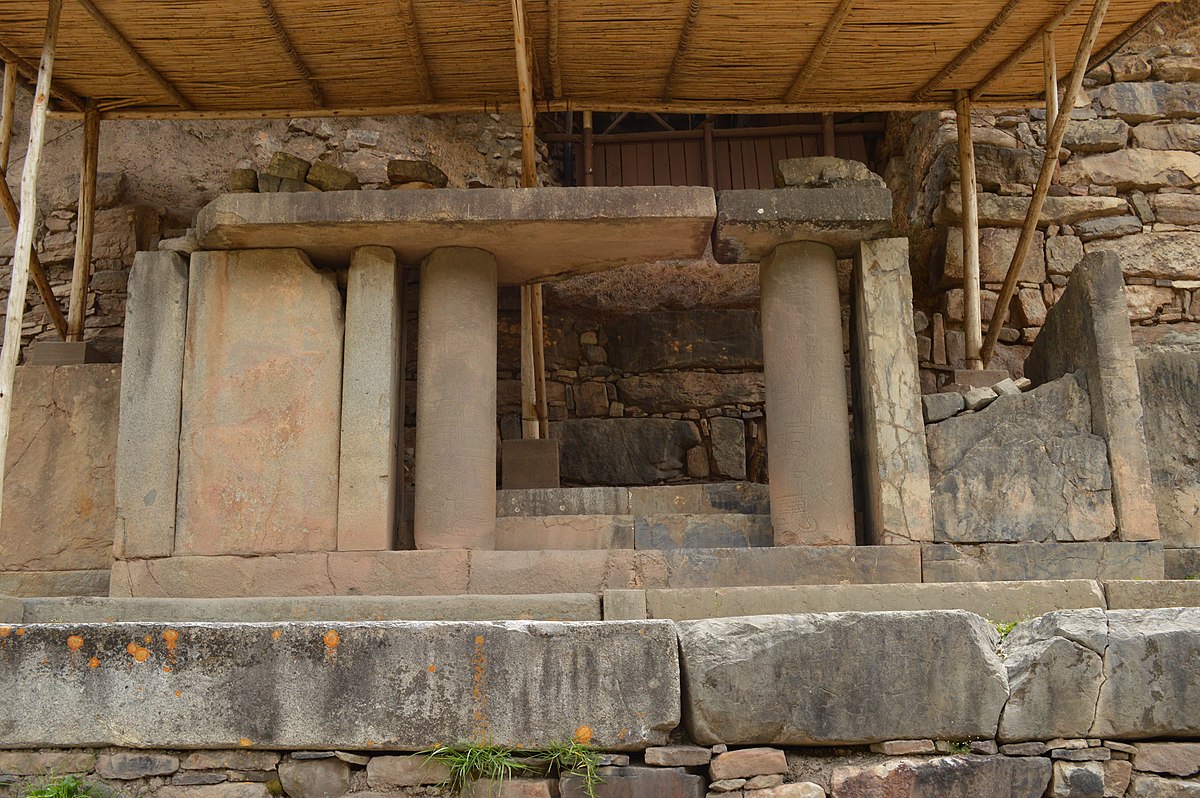

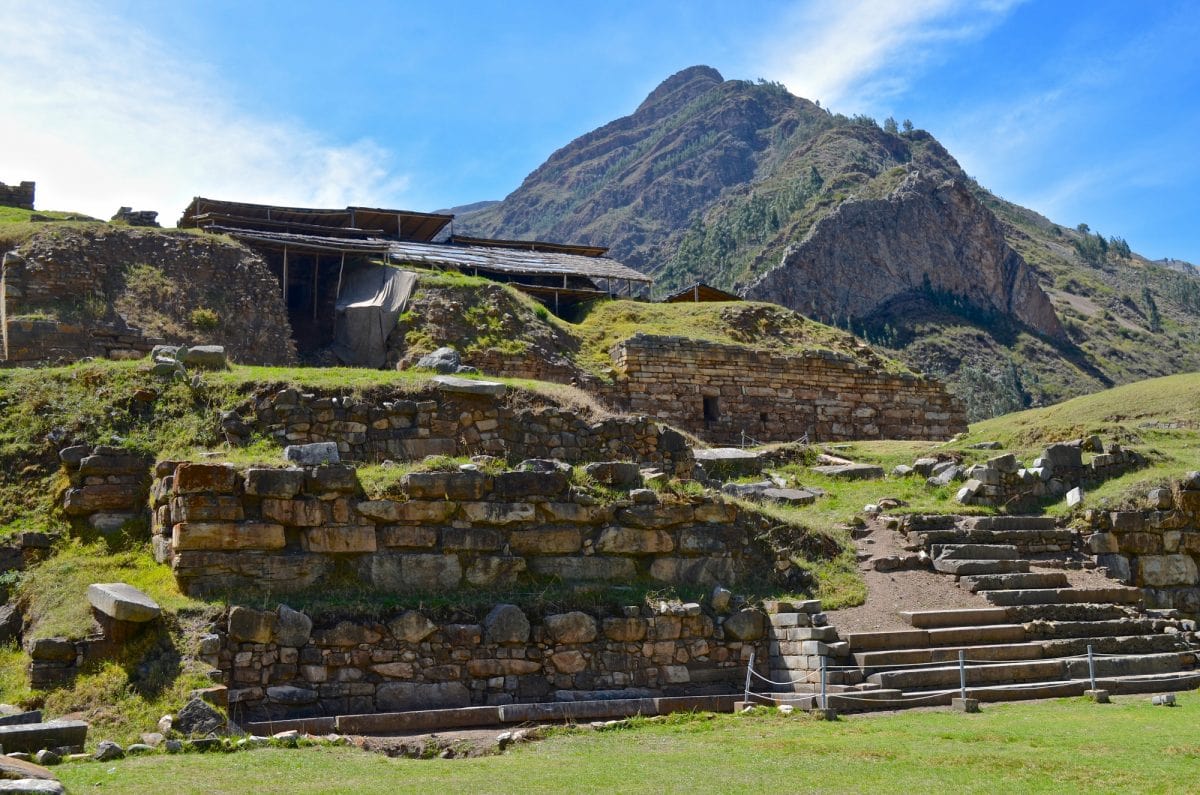

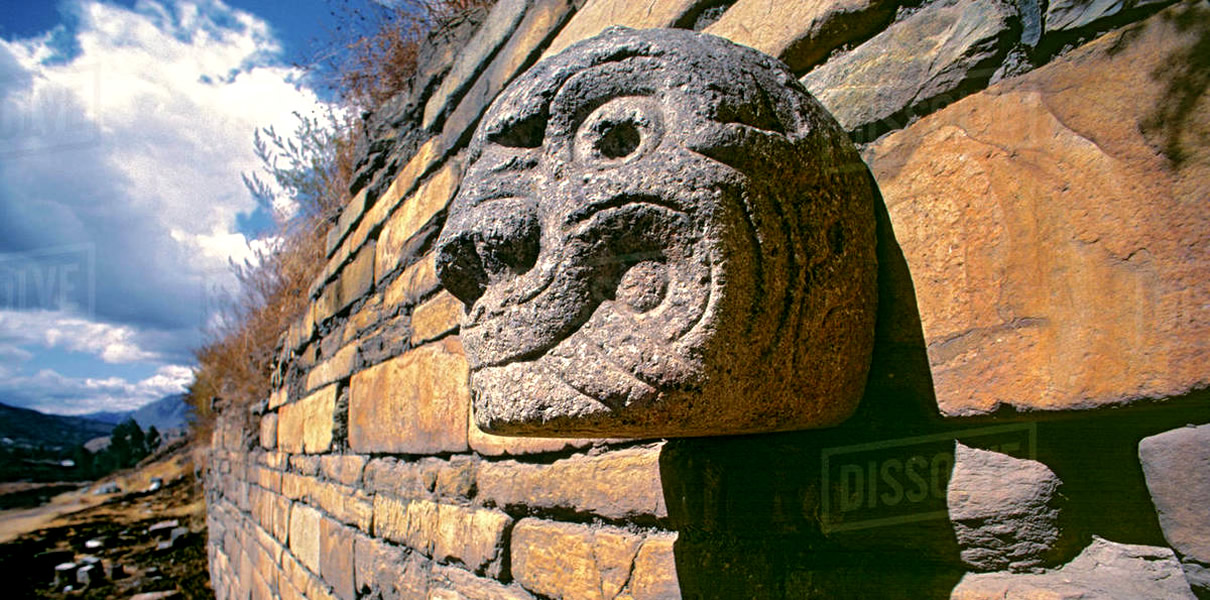
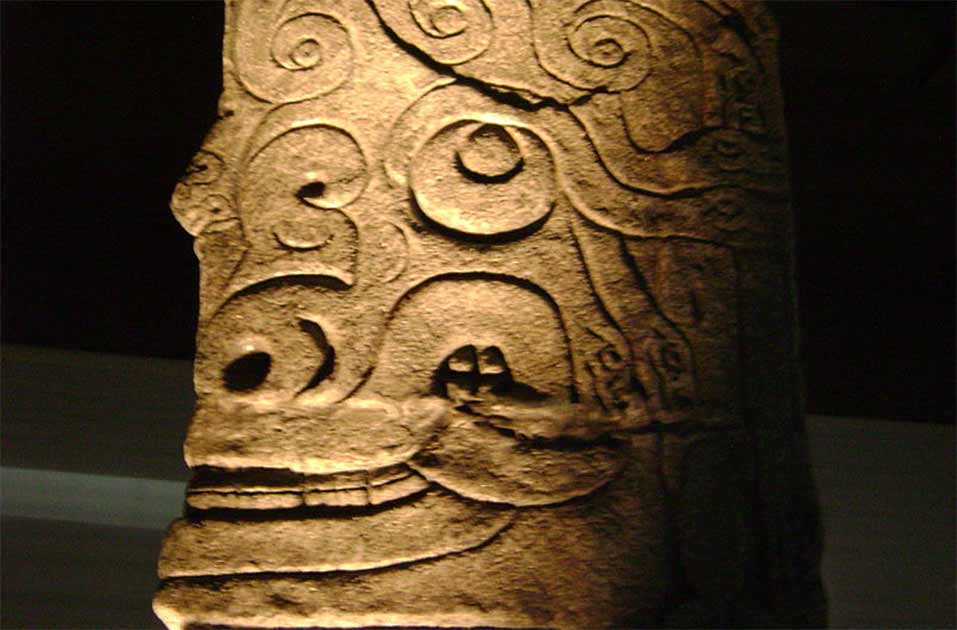

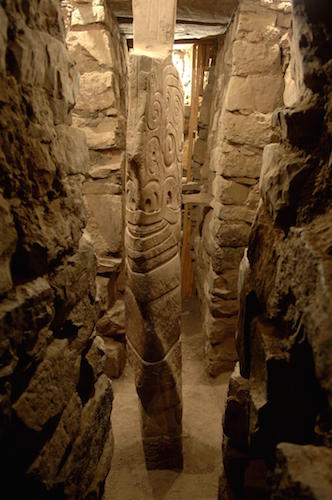
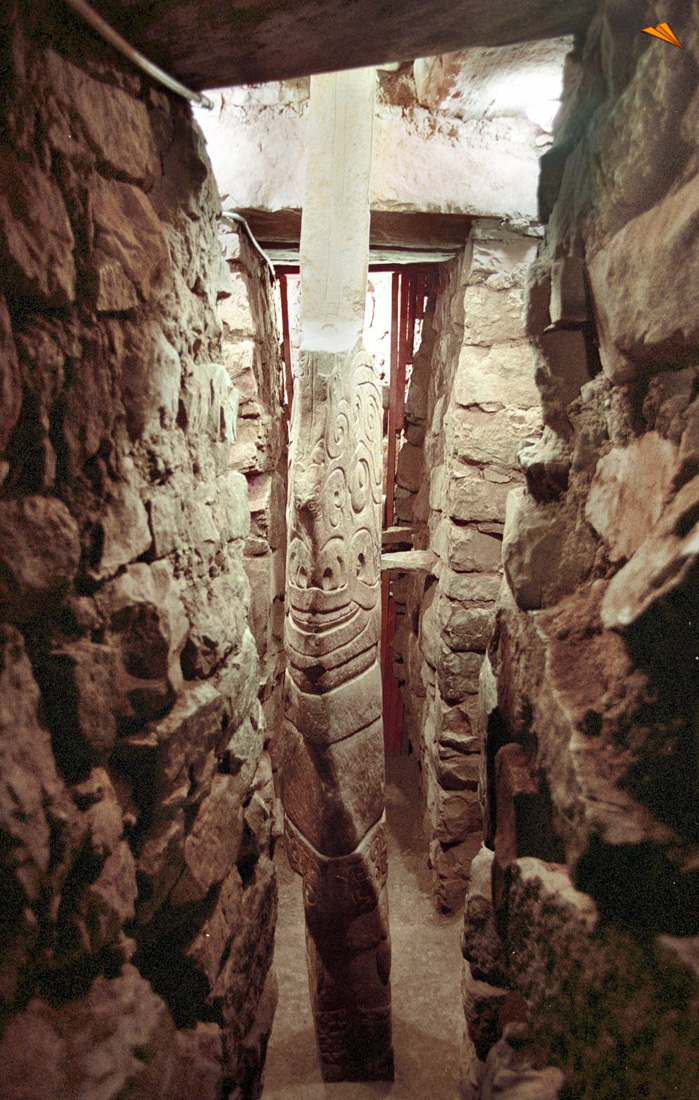
ETC.











